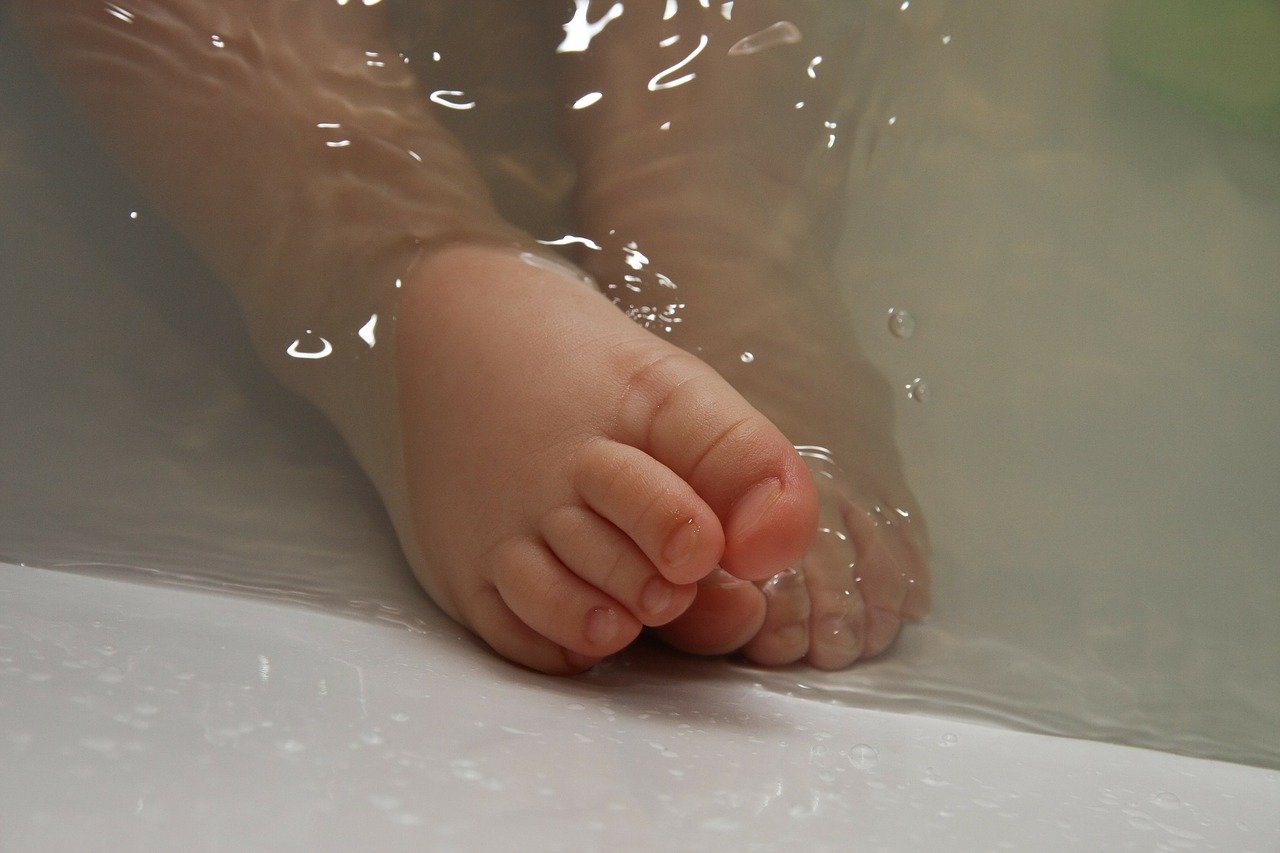7 Bible Verses That Will Transform Your Child’s Development
Child development in digital age parenting presents more challenges than ever. Children are constantly exposed to contradicting beliefs about themselves, making it difficult to build a strong sense of identity. Parenting in 2025 is more than simply having a child— it’s about carefully shaping an individual’s mindset.
As a parent in 2025, you are responsible for guarding your child’s mind, ensuring they develop solid self-confidence and the ability to defend themselves even in your absence. With this goal in mind, we have compiled daily bible verses for children to help renew their minds and reinforce their sense of self-worth.
Top 7 Bible Verses for Child Development in 2025
- Positive Mindset: “I can do all things through Christ who strengthens me.” (Philippians 4:13)
This Bible verse helps develop a confident child. When your child faces challenges– such as a difficult assignment, and says they cannot do it, replace those self-doubts with this powerful affirmation. Remind them that they are capable of accomplishing great things through faith.
- Self-Forgiveness: “There is no condemnation for those who are in Christ Jesus.” (Romans 8:1)
Life consists of highs and lows. During challenging times, children need to understand that they are not defined by their mistakes and are loved irrespective of their actions. This verse reassures them, even as they grow older, that no matter how much they fail, they can still forgive themselves and extend this grace to others.
- Social intelligence: “Love is patient, love is kind. It does not envy, it does not boast, it is not proud. It is not ill-mannered or selfish, love does not keep records of wrong, love is enduring.” (1st Corinthians 13:4-7)
We have all encountered one cranky, non-sharing toddler who snatches toys and doesn’t play nicely. As a good parent, you wouldn’t want your child to pick up such behaviors or sustain injuries while playing. By introducing this bible verse, you teach generosity, patience, and kindness. Try substituting your child’s name for “love” to personalize the message and ask them to recite it. This exercise will build a deep awareness of positive character traits in your child.
- Resilience: “With God, nothing is impossible.” (Luke 1:37)
Every human will face difficulties and seeming impossibilities on their way to greatness. That’s why it is an essential life skill for your children to know all things are possible with faith. This will instill a winner’s mentality, helping them navigate through life with confidence, knowing they have spiritual backing to succeed.
- Self Love: “For God so loved the world that He gave His only Son.” (John 3:16)
At school, your child may encounter others who try to put them down. Some people may treat them negatively when they grow up, which is a sad reality. However, you don’t need to be afraid of not being able to shield your child all the time. If you repeat this verse as a verse of the day to your child, they will come to understand their intrinsic value and that they should not be treated otherwise. This will empower them to stand boldly for themselves in any situation.
- Self-Esteem: “I am fearfully and wonderfully made.” (Psalm 139:14)
Due to genetics or environmental factors, your child may not always be the tallest, the most attractive, or the most intelligent in every gathering. But this doesn’t change the fact that they are unique, beautiful, and brilliant in their own way. They need to internalize the truth that they are wonderfully made, so whenever their classmates call them “ugly” or when puberty brings changes to their bodies, they already have a strong foundation of self-worth. This will go a long way in building a healthy self-image.
- Hope and Purpose: “For I alone know the plans I have for you, plans to prosper you and not to harm you, plans to give you a future and a hope.” (Jeremiah 29:11)
A daily Bible verse like this teaches your little one to have a purpose and a greater calling. This will drive your child to a deeper sense of meaning, reminding them they are not a random world occupant. It will also give them a sense of direction and help them resist rather than accept whatever peer pressure presents to them. Through this verse, your child will know their existence ranks higher than temptations of drugs, crime, sex addiction, or any unhealthy lifestyle.
Modern Benefits of Teaching Your Child Daily Bible Verses
Beyond the bible verses listed above, modern parents can effectively use countless children’s bible verses to nurture their children’s mental and spiritual well-being. Aside, from the background knowledge that they are genuinely loved, it sets a parameter of the type of relationships they will have in the future. Other benefits to expect are:
- Enhanced self-compassion since they know they are never condemned.
- Ability to reflect on their actions.
- With emotional regulation and emotional intelligence, you worry less about your child throwing unnecessary tantrums.
- Self-mastery as your children age, due to constant self-reflection.
- Extra family activity and time to interact.
- Better peer relationship outcomes.
- Cultivating growth and enhanced problem-solving skills because they won’t give up easily, knowing everything is possible.
Practical Application of Modern Biblical Parenting in 2025
- Paste bible verses in your children’s bedroom.
- Get them colorful bible story books.
- Incorporate reading bedtime bible stories for children.
- Have a verse of the day ritual in your home.
- Don’t use or allow negative self-talk in your home.
- If they are old enough to use phones, download daily bible verse notification apps.
Parenting in 2025 demands intentionality beyond parenting in the 1990s. So gear up, and arm your children with the truth about themselves, self-resilience, and purpose. By providing guidance, you make them waterproof to the storms of life and able to navigate through life successfully.












